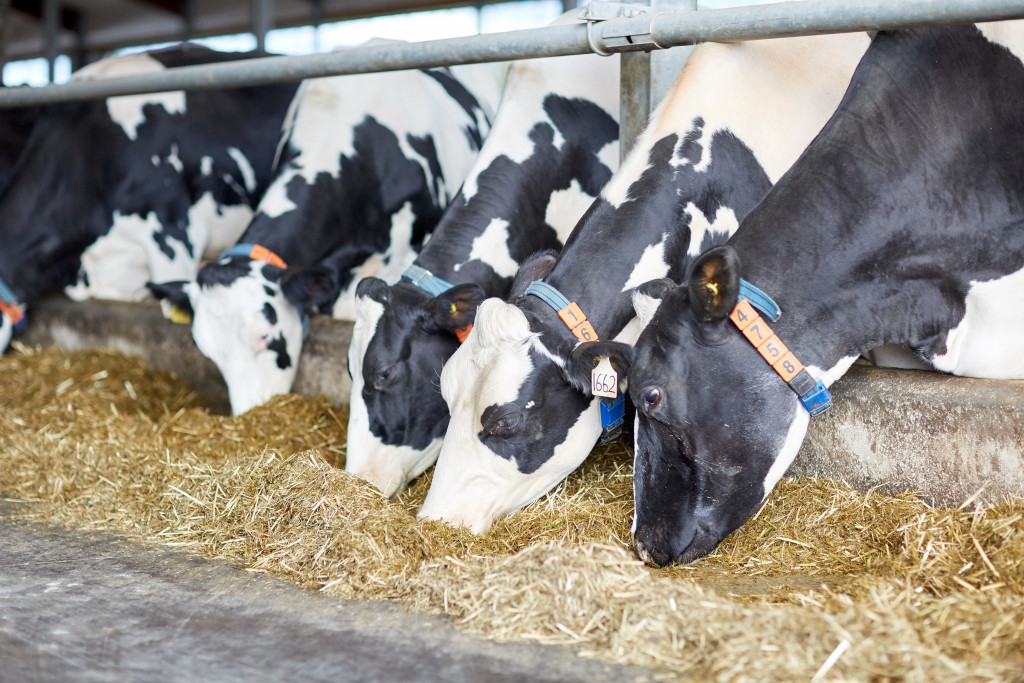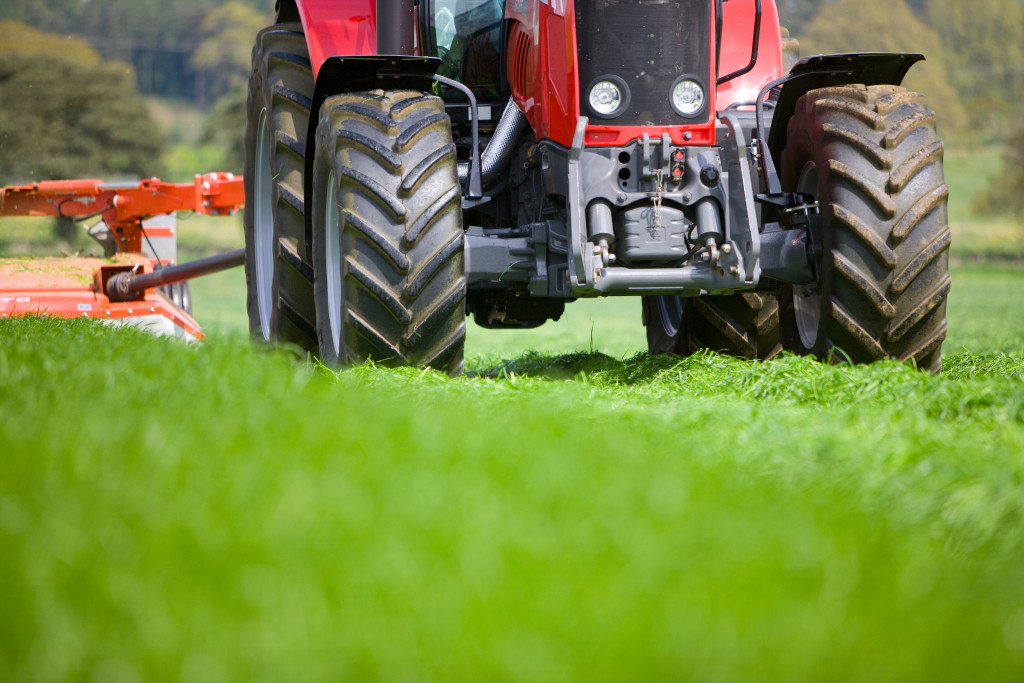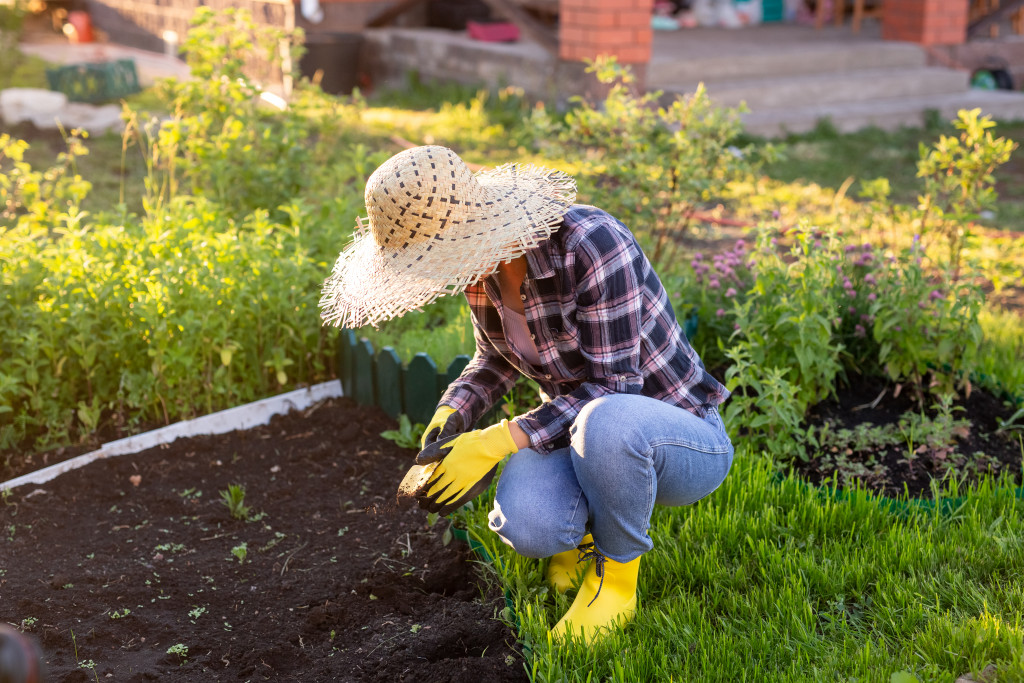- The benefits of a more extensive garden include saving money and providing fresh produce.
- Turning a garden into a small farm requires selecting suitable crops/livestock, purchasing the necessary equipment, and marketing the product.
- Vegetables, fruits, herbs, and livestock are all viable options for a small farm.
- A Community Supported Agriculture (CSA) program can be beneficial in attracting customers and providing consistent sales year-round.
- Access to homegrown produce provides nutritious meals while allowing individuals to be self-sufficient and connect with nature.
A large garden for your home can provide many practical and aesthetic benefits. From the apparent use of abundant fresh produce to the calming and beautiful nature surrounding you, having a massive garden can transform your living space.
One of the most prominent benefits of having a large garden is its cost-saving potential. With a more extensive garden, you can grow more fruits and vegetables at home, reducing your grocery store spending significantly and increasing the quality of produce in your house. In fact, according to a recent survey by the National Gardening Association, households with gardens save 20% or more on their total food budgets when they grow fruits and vegetables in their backyard.
You can also benefit from turning the garden into a small farm. If the garden is large enough and has suitable soil, you can start to grow food that is typically more expensive in stores, such as heirloom tomatoes or specialty herbs. These plants require more space and attention than your standard tomato plant, but if you are willing to put in the extra effort, you can make a decent income from selling these items at farmers’ markets or restaurants. Here are a few steps to consider as you start turning your garden into a small farm:
Pick the Right Produce

Having a small farm in your garden can be an enriching experience, providing fresh produce, delicious meals, and a sense of entrepreneurial accomplishment. However, before embarking on this journey, it is essential to identify suitable crops or livestock to grow. Different regions have different climates, soil types, and pests which can influence what you should grow. Additionally, some plants may require more expertise or maintenance than others. The following four sections will provide details on the best crops or livestock for small farms:
Vegetables
Vegetables are an excellent option for any small farm as they are relatively easy to maintain and offer various options for delicious meals. Root vegetables such as potatoes, carrots, and turnips are less prone to pests and diseases than other vegetable varieties but require frequent planting and harvesting intervals. Leafy greens such as lettuce, arugula, spinach, and kale can be grown year-round in most areas with minimal effort. Legumes such as beans and peas provide an excellent source of protein, while peppers and tomatoes offer bright colors and flavors.
Fruits
Fruits add sweetness to any meal while also providing essential vitamins and minerals. Berries such as strawberries, blueberries, raspberries, and blackberries are some of the easiest fruits to cultivate at home since they require minimal maintenance once established in the soil. Apples are among the most popular fruit trees that can be planted in many climates due to their hardiness, while citrus fruits such as oranges and lemons thrive in warmer temperatures.
Herbs
Herbs are excellent additions to any garden due to their robust flavors and medicinal properties. Parsley is a low-maintenance herb that grows well in partial shade, while rosemary is an excellent companion plant for other vegetables because it repels certain pests. Oregano has antibacterial properties that make it an ideal addition to many dishes, while sage acts as both a culinary herb and a mild sedative when consumed in tea form.
Livestock
Livestock can provide several benefits, including eggs, milk products, meat production, and manure fertilizers for better crop yields each season. Chickens are among the most common backyard farm animals due to their ability to produce eggs quickly with minimal upkeep requirements. At the same time, ducks tend to be larger producers of eggs than chickens with similar feeding needs. Goats provide milk that can be used for cheese or soap production, making them great candidates for a homestead farmstead setup.
Get the Necessary Equipment

Once you have selected the best crops or livestock for your small farm, getting the necessary equipment and supplies is essential. Gardening tools such as shovels, trowels, rakes, and hoes are invaluable for soil work. Pruning shears and other specialty tools will make trimming shrubs much easier. A wheelbarrow or cart may also be needed for moving soil, compost, plants, and other materials around your garden. Livestock feeders and waterers will provide sustenance to any chickens or ducks you may have on-site.
Farming agricultural equipment, such as tractors and tillers, will also need to be purchased if you intend to use them. Other necessary items include fertilizers, pesticides, and weed killers for better crop yields. Finally, irrigation equipment is essential for gardens not naturally watered by rain or snowfall.
Attracting Customers
Once your small farm is up and running, the next step is to attract customers. Marketing your product through word of mouth or social media can be a great way to get the word out about your products. Farmers’ markets are also terrific venues for showcasing what you have grown in your garden. Additionally, local restaurants may be interested in purchasing custom-grown herbs or vegetables from you instead of getting them from large suppliers.
Another marketing strategy is to start a Community Supported Agriculture (CSA) program. A CSA allows customers to purchase weekly or monthly shares of the produce grown on your farm, helping you build relationships with local community members and ensuring consistent sales year-round. With a little effort and creativity, you can turn your garden into an efficient small farm that provides fresh food to those around you while bringing in extra income.
Final Thoughts
Whether you own a large garden or have a few pots of tomatoes here and there, having access to homegrown produce makes meal preparation more accessible and nutritious. In addition, creating a small farm allows you to be self-sufficient, connect with nature, and enjoy the fruits of your labor!
